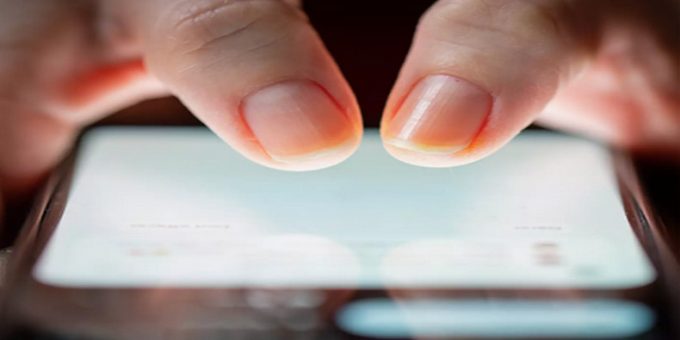
While Apple (AAPL) Intelligence may have taken centre stage at the company’s Worldwide Developers Conference this week, another announcement made during the event has the potential to make it possible for you to communicate with loved ones even when you’re camping or off the grid and lack mobile coverage.
You guessed it—you will be able to send iMessages via satellite—thanks to a new feature for the iPhone 14 and iPhone 15 that will be available in iOS 18. Apple currently provides its Emergency SOS service using satellite service, although it’s more appropriate for dire circumstances, such as when a user finds themselves trapped in the woods or in danger. Users who use emergency SOS via satellite must respond to brief prompts regarding their specific situation so that Apple can forward it to the relevant authorities.
Sending regular iMessages and SMS messages to friends and family who own iPhones is possible with Messages by satellite, in contrast to Emergency SOS via satellite. Kurt Knight, Senior Director of Platform Product Marketing at Apple, took me along for a quick rundown of the new feature’s features.
Knight demonstrated to me how to use an iPhone to send SMS via satellite without a cellular or Wi-Fi connection when I was outside in the oppressive heat of California. When your iPhone detects that you are not in range of a cellular or Wi-Fi signal, you will see a notification from the lock screen indicating that you can send and receive texts via satellite.
With Apple Messages via satellite, you can stay connected even when you’re not by sending texts to your loved ones. (Photo courtesy of Apple)
With Apple Messages via satellite, you can stay connected even when you’re not by sending texts to your loved ones. (Application) (Application)
When you tap the notice, a screen with your location on a map and an indicator of whether a satellite is overhead will appear. You can utilise the Find My app, send messages, request roadside assistance, or use Emergency SOS via satellite below that.
By starting the Messages app on your phone when removed from Wi-Fi or cellular service, you can easily start Messages via satellite. When using the app, a pop-up window displaying your relative position to the nearest satellite will appear in the Dynamic Island on your iPhone. If you shift left or right too much, a pop-up will appear telling you to reposition yourself so that you can speak with the satellite.
The technology works remarkably fast, but you won’t be able to use it indoors or in areas with a lot of tree cover. A clean line of sight between the satellite and your iPhone is required. Knight was able to send an emoji and a text message via iMessage during the presentation, along with one of Apple’s Tapback message answers.
The Messages app will include a brief remark above the timestamp of your messages to notify you each time you send or receive a text via satellite. The purpose of this is to let the other person know that you are messaging them over satellite and that responses may not come back as quickly as they would over Wi-Fi or cellular networks.
